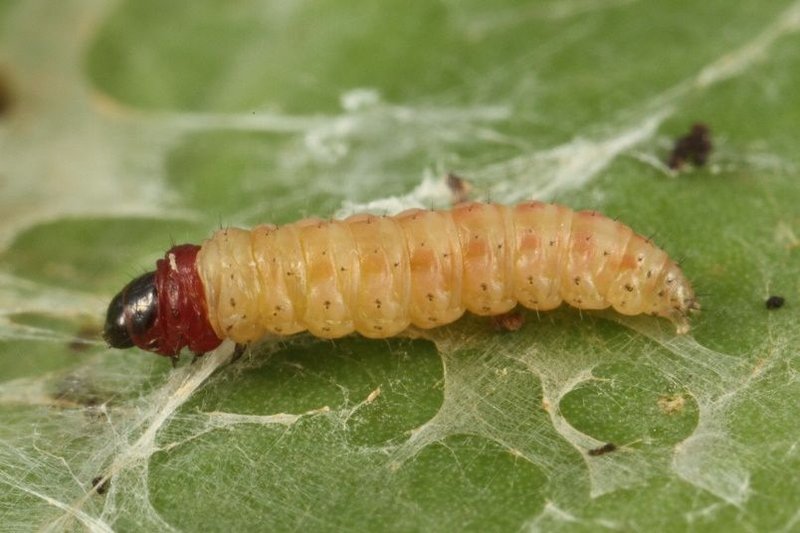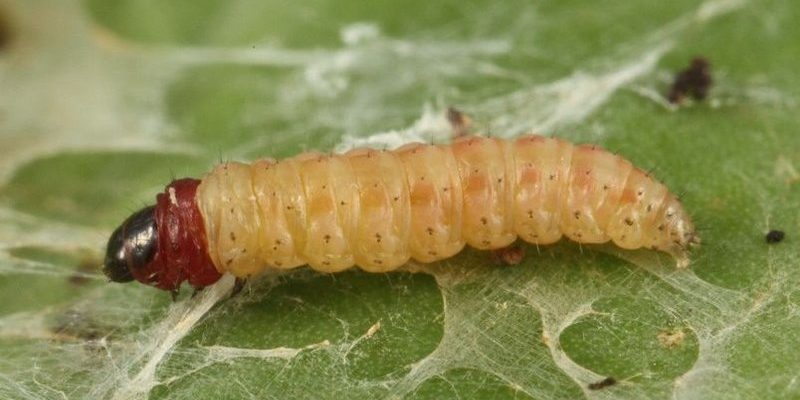
These worms thrive in marine environments and contribute significantly to the ocean’s ecosystem. You might be wondering, what sets peanut worms apart from other marine creatures? Well, let’s dive into the captivating world of peanut worm reproduction, breaking it down in a way that feels as easy as sharing a cup of coffee with a friend.
What Are Peanut Worms?
Peanut worms belong to the class Sipuncula, a group of marine invertebrates that are fascinating in both structure and behavior. They’re often found burrowing in soft substrates like sand or mud, where they can hide away from predators. Think of them as tiny, squishy scavengers of the ocean floor.
These worms come in various colors and sizes, with most reaching up to a foot long. Their soft bodies are segmented but can retract into a protective “peanut” shape, which helps them avoid danger. Unlike many marine species, peanut worms don’t have a hard exoskeleton. This lack of a rigid body means that they can adapt and change their shape, helping them navigate through tight spaces in their environment.
Their soft, flexible bodies make them remarkable. Just imagine being able to curl up and hide away whenever you feel threatened. That’s precisely what peanut worms can do! This adaptability contributes to their survival and reproduction strategies, ensuring they thrive in various habitats.
The Mating Rituals of Peanut Worms
Peanut worms have a unique approach to reproduction. They engage in a form of sexual reproduction, which involves the fusion of male and female gametes. However, male and female peanut worms can often be found in the same area since many are hermaphroditic, meaning they possess both male and female reproductive organs.
During mating season, one of the most exciting things happens. They typically sync their activities with specific environmental cues, like temperature changes or the lunar cycle. When it’s time to mate, they extend their bodies and use their tentacle-like structures to entwine with a partner. This “dance” can look quite mesmerizing, almost like a gentle underwater ballet!
Here’s the thing: the actual process of transferring sperm can be quite delicate. Peanut worms exchange sperm through their tentacles, and it’s essential for successful fertilization. This process can take several minutes to complete, showcasing a level of intimacy that’s often overlooked in the animal kingdom.
Eggs: The Beginning of Life
Once mating has occurred, it’s time for peanut worms to lay their eggs. Typically, they can produce a significant number of eggs, often in the hundreds. You might be picturing the scene: a wriggling mass of tiny eggs laid in a protective casing.
These eggs are often deposited in the burrow where the parent worm resides, offering protection from predators. The casing is gelatinous, which helps keep the eggs moist and safe from the surrounding marine environment. This part of their life cycle is crucial, as it increases the chances of survival against the odds.
After laying their eggs, female peanut worms can often be seen tending to their brood, ensuring they stay safe during the early stages of development. This parental instinct might surprise you, especially in creatures that might appear so simple at first glance!
The Life Cycle of Peanut Worm Larvae
Once the eggs hatch—which can take several weeks depending on environmental conditions—larvae emerge. Peanut worm larvae are tiny and resemble miniature versions of their adult counterparts. At this stage, they are free-swimming, which is critical for their dispersal. The ability to swim increases their chances of finding suitable habitats.
Larvae typically go through several developmental stages, known as metamorphosis. This process can last weeks to months, depending on factors like water temperature and food availability. During this time, they feed on microscopic organisms and organic matter found in their surroundings, fueling their growth.
As they mature, these larvae will eventually settle down in a suitable sandy or muddy environment, where they’ll start developing their adult characteristics. It’s fascinating to think that what starts as a tiny, free-swimming organism will grow into a fully formed peanut worm, capable of burrowing and thriving in the ocean.
Why Understanding Peanut Worm Reproduction Matters
Understanding how peanut worms reproduce isn’t just a niche interest—it’s essential for several reasons. For starters, these worms play a vital role in marine ecosystems. They contribute to nutrient cycling, helping to break down organic matter and thus supporting the health of their environment.
Additionally, studying their reproduction can provide insight into how marine species adapt to changing conditions, such as climate change or habitat destruction. Their resilience can serve as a model for understanding other marine species facing similar challenges.
Moreover, the biodiversity of our oceans is crucial for overall planetary health. Knowing more about creatures like peanut worms helps us appreciate the complex web of life in our oceans. It reminds us that every creature, no matter how small, has a role to play in the big picture.
Final Thoughts on Peanut Worms and Their Reproduction
Peanut worms might not be the most well-known marine creatures, but their reproduction process is a testament to the wonders of nature. From their unique mating rituals to the protective measures they take for their eggs, every step of the peanut worm life cycle is packed with interesting facts.
So, the next time you think about worms, remember that these little guys are doing their part in the grand scheme of life under the sea. Whether it’s their ingenious way of mating or their fascinating journey from egg to adult, peanut worms have a lot to teach us about resilience and the beauty of the natural world.

